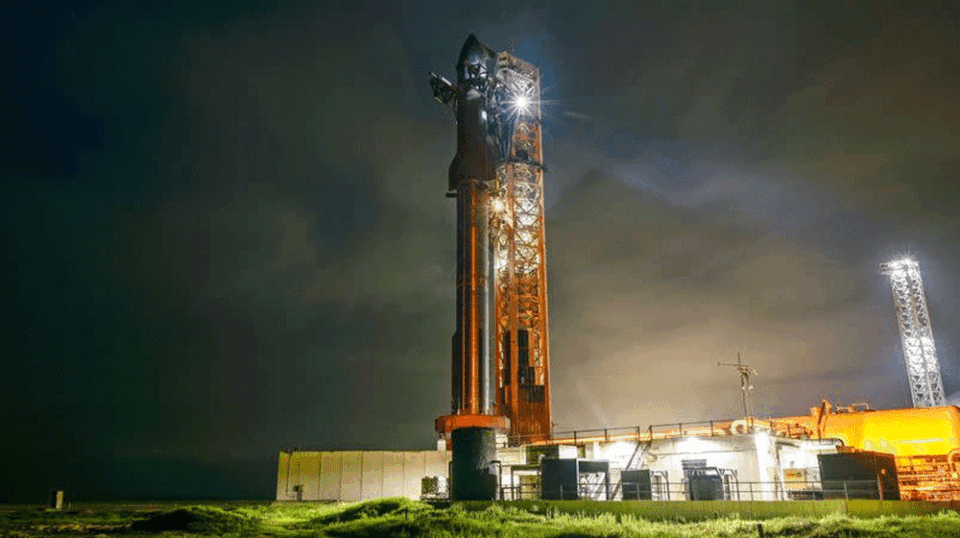SpaceX Delays Starship’s 10th Launch Over Ground System Issue
Elon Musk’s SpaceX on Sunday postponed the highly anticipated launch of Starship’s 10th mission from Texas, citing a ground systems issue at the launch site. The delay has shifted the company’s latest attempt to achieve major development milestones.
The fully stacked rocket — consisting of the 232-foot Super Heavy booster and the 171-foot Starship upper stage — was prepared for liftoff at 7:35 PM ET (2335 GMT) from SpaceX’s Starbase facility. However, around 30 minutes before launch, the company announced on X (formerly Twitter) that it was standing down to troubleshoot the problem.
SpaceX has now rescheduled the launch for Monday, August 25, according to its official website.
A Key Step for Musk’s Mars Ambitions
Starship is central to Musk’s long-term vision for Mars exploration and forms the backbone of SpaceX’s future launch plans. Despite multiple setbacks, including early flight failures and a June test stand explosion, the company continues to push forward with rapid testing and production at its Starbase site.
NASA is also keeping a close eye on the program, as the agency plans to use Starship for its first crewed Moon landing since Apollo, targeted for 2027.
What This Flight Would Have Tested
Sunday’s mission was expected to test several crucial systems:
-
Super Heavy booster landing in the Gulf of Mexico to validate backup engine configurations.
-
Starship upper stage ignition in space and a test deployment of mock Starlink satellites.
-
Atmospheric reentry over the Indian Ocean, designed to push the heat shield and control flaps to their limits.
According to SpaceX, Starship’s reentry profile is intentionally designed to stress-test its structure to ensure reusability — one of the company’s long-term goals.
Looking Ahead
Although delays are not uncommon in rocket development, this mission remains a milestone flight for SpaceX. With its massive thrust and potential for full reusability, Starship could reshape the future of space travel, paving the way for both deep space exploration and more cost-effective satellite launches.

